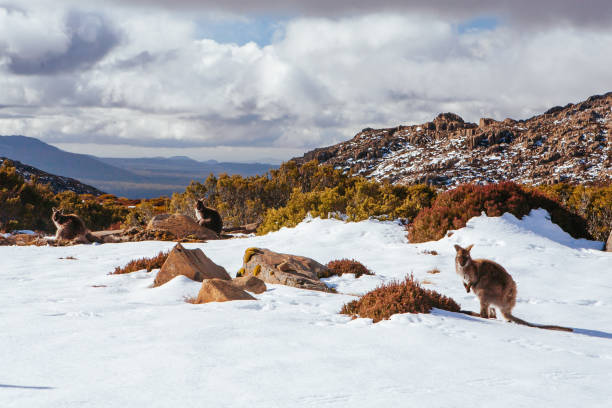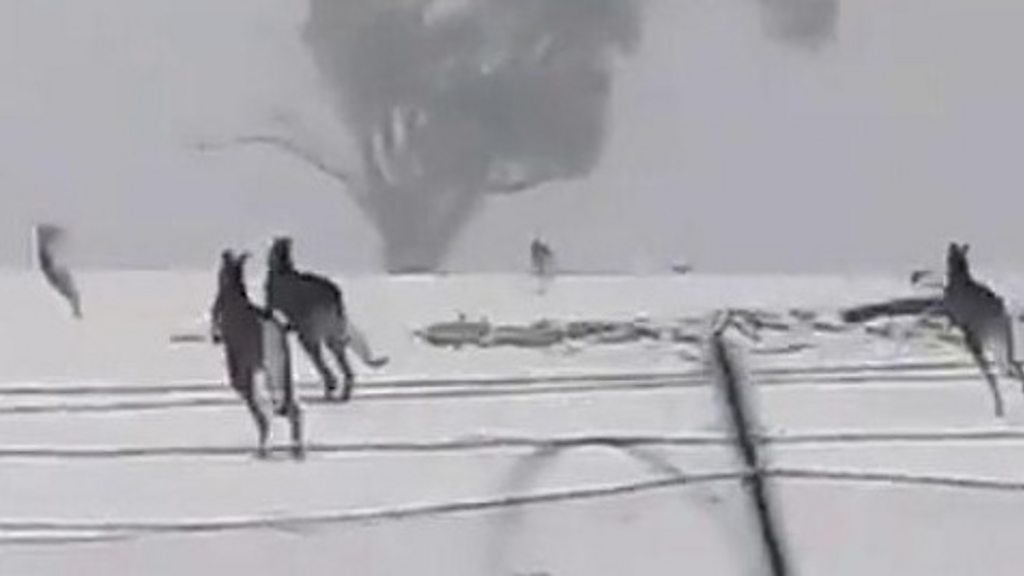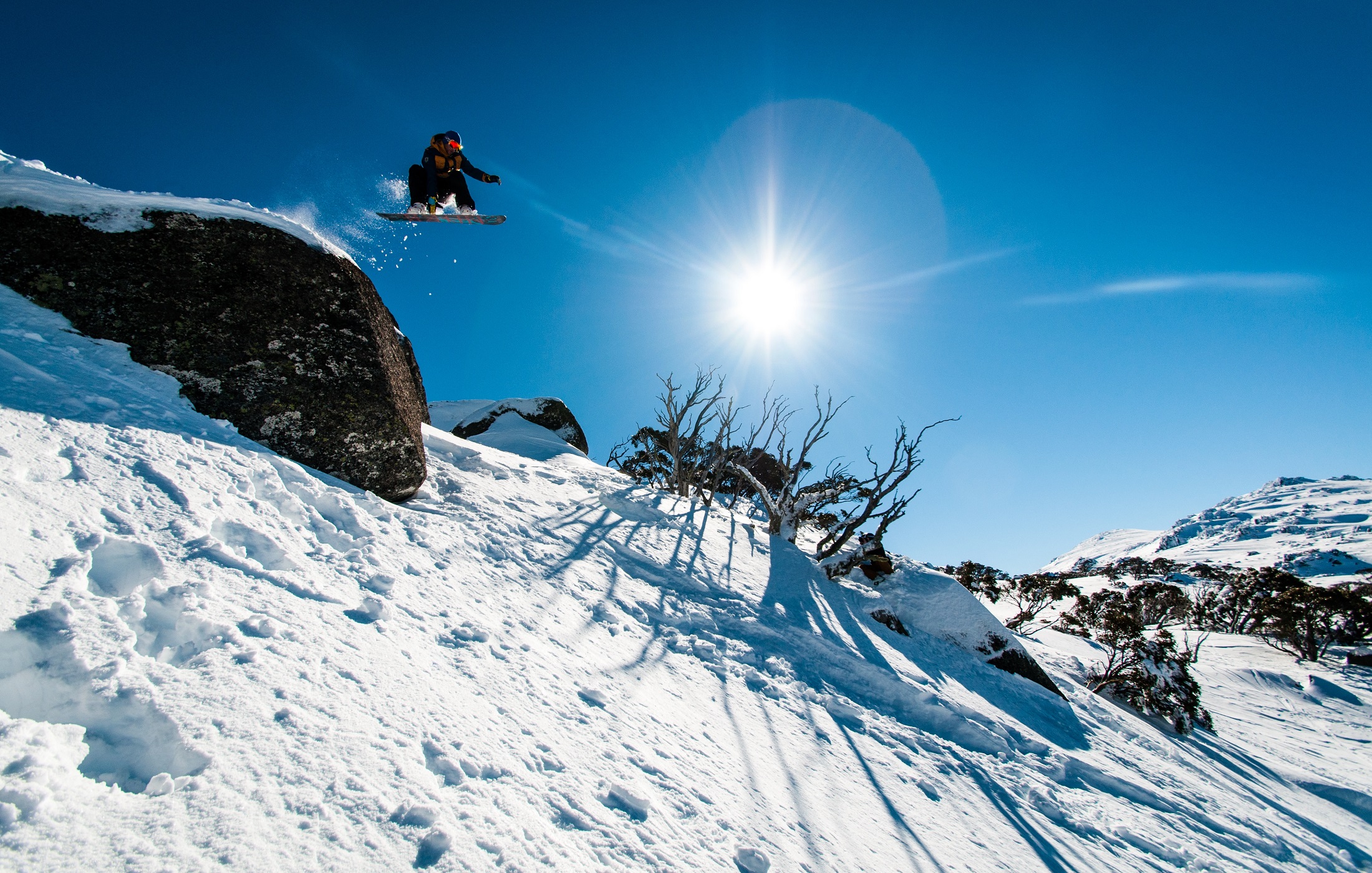Discover When and Where You Can Witness Snow In Australia for a Winter Adventure
Discover When and Where You Can Witness Snow In Australia for a Winter Adventure
Blog Article
The Numerous Types of Snow in Australia and Their Influence On Winter Sports
Australia, recognized for its sun-soaked beaches, is also home to a varied range of snow problems that substantially affect wintertime sports. Each type, from the damp coastal snow to the completely dry interior powder, offers unique obstacles and benefits for professional athletes. An understanding of these variants is necessary for those seeking to browse the Australian slopes, as each needs different strategies and resilience. The adhering to exploration will certainly review the implications of these snow types on wintertime sporting activities efficiency.

Comprehending the Qualities of Different Snow Types
While many assume that snow is a homogeneous entity, it is necessary to comprehend that there are various types, each with distinct characteristics. In Australia, these variants are especially obvious due to climatic diversity. Coastal snow, discovered in areas such as the Snowy Hills, is generally wetter and denser as a result of high wetness content, making it suitable for snowball fights or constructing snowmen. On the other hand, the snow located in the interior regions like the Australian Alps is drier and lighter, commonly compared to a fluffy powder. These distinctions in snow type aren't merely visual; they considerably effect winter season sports, determining the simplicity of activity, the speed attainable, and the level of control needed from athletes.
The Impacts of Powder Snow on Skiing and Snowboarding
Despite its light and cosy look, powder snow in the Australian Alps provides both one-of-a-kind obstacles and chances for winter sports enthusiasts, specifically those involved in skiing and snowboarding. The flexible and smooth surface of powder snow likewise minimizes danger of injury throughout drops, making it a recommended choice for severe wintertime sporting activities.

The Obstacles and Benefits of Jam-packed Snow in Wintertime Sports
Moving focus from the loose, completely dry powder snow, one more common kind of snow in the Australian Alps is packed snow, positioning its very own collection of obstacles and benefits in the world of winter months sports. Navigating turns and managing speed can be tough on stuffed snow, calling for higher skill levels from professional athletes. Regardless of these challenges, packed snow stays an important element in numerous winter season sporting activities, shaping the efficiency and techniques of professional athletes.
The Duty of Damp Snow in Australian Winter Games
In comparison to the thick, glossy surface of stuffed snow, wet snow plays a totally various function in Australian winter season games. Characterised by its high dampness material, wet snow impacts the speed and control of winter season sporting activities participants. Its heavy, sticky nature can be challenging for athletes, particularly in snowboarding and snowboarding where speed and manoeuvrability are important. Nonetheless, its malleability makes it suitable for snow sculpting occasions and for fortifying snow frameworks in sports like snow ft fights. In spite of its risks, damp snow introduces a distinct dynamic to winter video games in Australia, testing athletes' versatility and durability, and functioning as a pointer of the diverse weather condition problems they have to be prepared to deal with.

Just How Slushy Snow Affects Winter Sports Efficiency
Continuing the expedition of differing snow problems in Australia, the effect of slushy snow on winter sporting activities is one more interesting aspect. Slushy snow, resulting from warmer temperatures or direct sunlight, poses distinct obstacles to athletes. Thus, slushy snow transforms the wintertime sports landscape, demanding not only heightened physical exertion from professional athletes but additionally a greater focus on safety preventative measures.
Adjusting Winter Season Sports Techniques to Various Snow Conditions

Conclusion
In final thought, Australia's diverse snow types substantially affect winter months sports efficiency. view publisher site Each kind, from the slick coastal snow to the drier indoor powder and the hefty, sticky damp snow, provides one-of-a-kind obstacles and advantages. Hence, professional athletes should adjust their techniques to navigate these differing conditions effectively. The snow's developmental role highlights the value of recognizing its attributes to enhance performance and safety in Australia's winter season sports landscape.
Moving emphasis from the loosened, completely dry powder snow, an additional common type of snow in the Australian Alps is packed snow, presenting its very own set of obstacles and benefits in the world of wintertime sports - Snow In Australia.In contrast to the thick, slick surface of stuffed snow, damp snow plays a totally various duty in Australian winter season games. this hyperlink Its malleability makes it optimal for snow sculpting occasions and for fortifying snow structures in sporting activities like snow fort battles.Proceeding the exploration of differing snow conditions in Australia, the impact of slushy snow on winter sporting activities is another intriguing variable. Each type, from the slick coastal snow to the drier indoor powder and the heavy, sticky wet snow, presents one-of-a-kind difficulties and benefits
Report this page